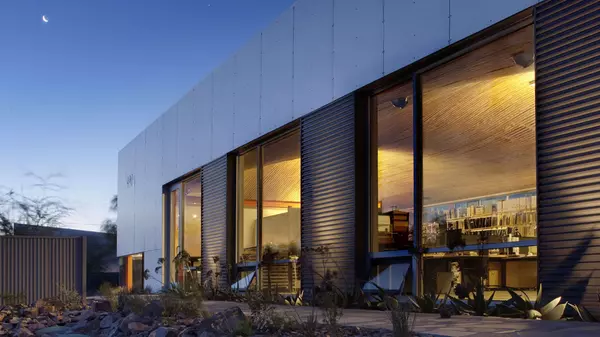Legalizing Density in Canada: Where Reforms Are Taking Hold (And Where Challenges Remain)
As Canada aims to build 5.8 million affordable, low-carbon, and resilient homes by 2030, increasing housing density has become a key strategy. Allowing more types of housing—such as triplexes, laneway homes, and small apartment buildings—within existing neighbourhoods is widely seen as a practical way to expand supply, improve affordability, and use infrastructure more efficiently.
While governments across the country largely agree on the need for these reforms, how they are being implemented varies from one province to another. The Report Card on More and Better Housing, released in June 2025 by the Task Force for Housing & Climate, shows that some provinces are making progress, while others are still facing roadblocks that limit the real impact of their policies.
Why Legalizing Density Matters
The report identified legalizing density as one of five major strategies to accelerate housing construction. By making it easier to build multiple units on existing residential lots, this approach can help lower both housing and transportation costs, reduce greenhouse gas emissions, and increase supply in communities that already have schools, roads, and transit.
While the federal government does not control zoning directly, it supports this work through programs like the Housing Accelerator Fund and the Canadian Housing Infrastructure Fund. These funds give municipalities financial incentives to adopt density-friendly policies. However, most zoning and planning powers lie with provincial and municipal governments, and their responses so far have varied widely.
British Columbia
British Columbia has passed several major reforms, including Bills 16, 44, and 47, that legalize small-scale multi-unit housing and remove minimum parking requirements near transit. These steps show a clear commitment to encouraging more housing options in established areas.
However, the impact of these changes depends on how they are applied locally. The report notes that in some BC municipalities, high development charges and slow permitting continue to make it difficult to build smaller infill housing, even where it is now allowed. While BC is seen as a leader in setting the legal framework, the practical results will depend on continued cooperation between the province and its cities.
Ontario
Ontario has also taken steps to support density, including through Bill 23 and a new provincial policy statement that permits up to three units on most residential lots. The goal is to make it easier to build more homes quickly and reduce approval times. However, in many cities, development charges remain high, and approval processes can still be long and complex. These factors can make small-scale housing projects difficult to finance and deliver.
Ontario has, however, proposed new legislation, Bill 17, after the scope of the report, to speed up permits and reduce costs.
Atlantic Canada
Nova Scotia and Prince Edward Island are making steady progress. Nova Scotia passed Bills 6 and 222, which enable more diverse housing types. Municipalities like Halifax have responded by simplifying land-use rules and making room for more growth.
PEI, meanwhile, benefits from low development charges and faster permitting timelines. Its smaller size has allowed for more consistent policy across the province. The report highlighted PEI as a place where zoning reform has led more directly to new housing being built, especially compared to larger provinces where costs and delays often limit results.
Alberta
Alberta has seen rapid housing growth in cities like Calgary and Edmonton, but the report attributed much of this to local municipal government efforts. Calgary has relatively moderate development charges compared to other large Canadian cities, while Edmonton has introduced an automated permitting system to speed up approvals. At the provincial level, however, there have been fewer major zoning or density-related reforms.
Policy and Outcomes
One of the report’s key observations is that legalizing more housing types is only one part of the equation. For real growth to happen, reforms must be supported by other changes, such as streamlined permitting, reasonable fees, and proper infrastructure. When those supports are not in place, even well-written policies may not lead to desired results. Legalizing density may be an important step in addressing Canada’s housing shortage, but it is only one part of the picture.
Categories
Recent Posts











